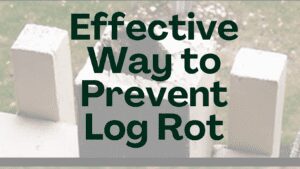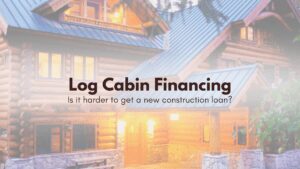Are Log Homes Susceptible to Fire?
When I first moved into my log home, I was surprised that I was only given two options for insurance providers. I even called around locally and was told by a handful of insurance companies that they don’t insure log homes. I ended up having to go out of state to find my carrier. While moving into a log home for the first time, it never occurred to me that this would be a concern! I figured it would be like getting home insurance on anything else. This why I am so excited to bring you the special guest, Bea Speakman. Bea is an insurance agent with Speakman Agency of Idaho farm Bureau Insurance.
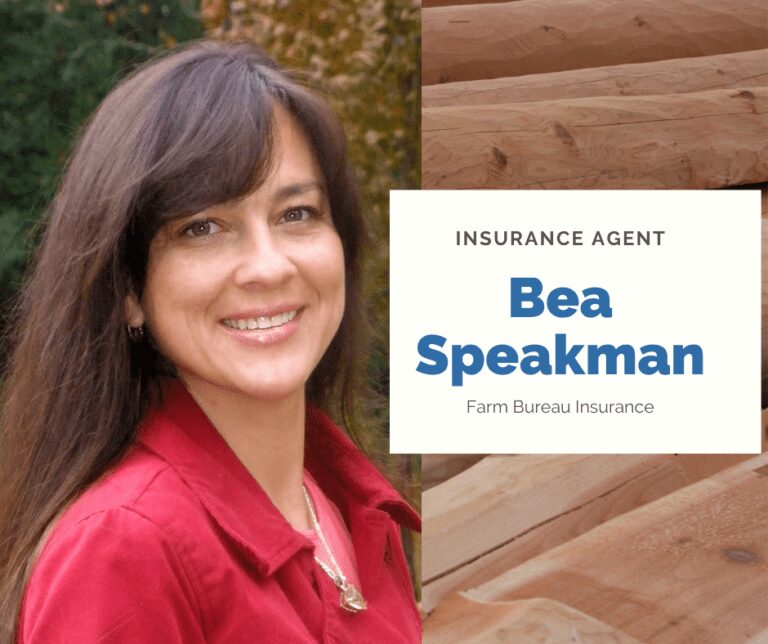
Bea's Story
After graduating college Bea was hired on with a national insurance carrier who was willing to send her to specialized school to become a workman’s compensation adjuster. Thinking she would only do it for a few years she ended up discovering she really liked helping people. Over the years, she continued to further her education and ended up making a career in insurance. Eventually, she was asked to be an agent with Farm Bureau and to take on a big book of business.
Before agreeing, she interviewed the company. She wanted to make sure that Farm Bureau was going to let her take care of her clients the way she knew was right.

Bea's Mission
The reason she has such passion about what she does from an agent position is because she spent so many years as an adjustor, not just in workman’s compensation claims, but in home insurance and litigation. Sadly, she frequently met people in their moment of distress and was faced with telling them they were not covered for the incident. The look of distress on their faces is what drives her to ensure her clients are well informed and well covered.
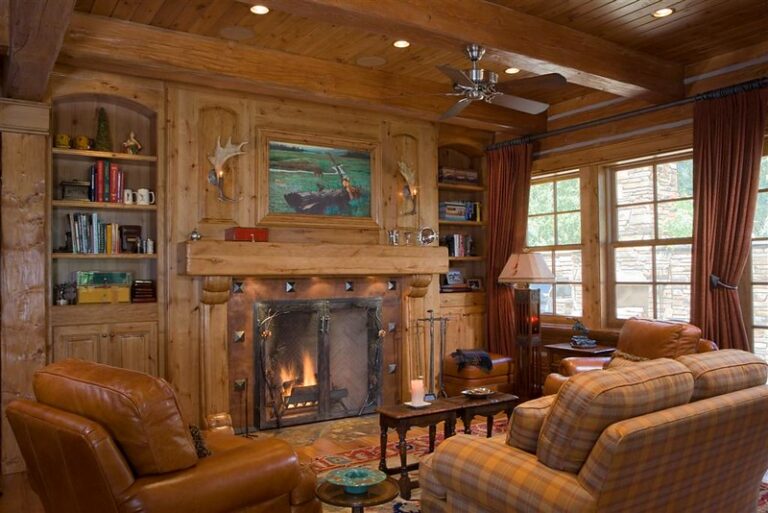
Why Is Insuring A Log Home So Difficult?
National companies offer coverage based on a broad overview. They cover the least amount of risk by covering largely populated areas. It is not feasible for them to offer coverage in remote areas because insurance is really a shared risk where insurance companies partner with homeowners to cover the replacement costs or damages. Many national companies have left rural areas because they have enough city business to serve their bottom line sufficiently.
Some insurance companies will service more rural areas, but only if they are in a fire district. While others will expand their region even more, but put restrictions in place on the property to lower risk.
And even others specifically say they won’t insure log homes or homes that are heated with wood.
This significantly narrows down the pool of insurance companies that will insure log homes.

How Bea Goes Above And Beyond...
Sometimes, insurance companies refuse coverage without really inspecting the risk of the individual property. Instead they base it on general information. This is where Bea is able to help. She takes the time to inspect the property then discuss it with the underwriter to review each situation and determine the actual risk and not just the perceived risk.
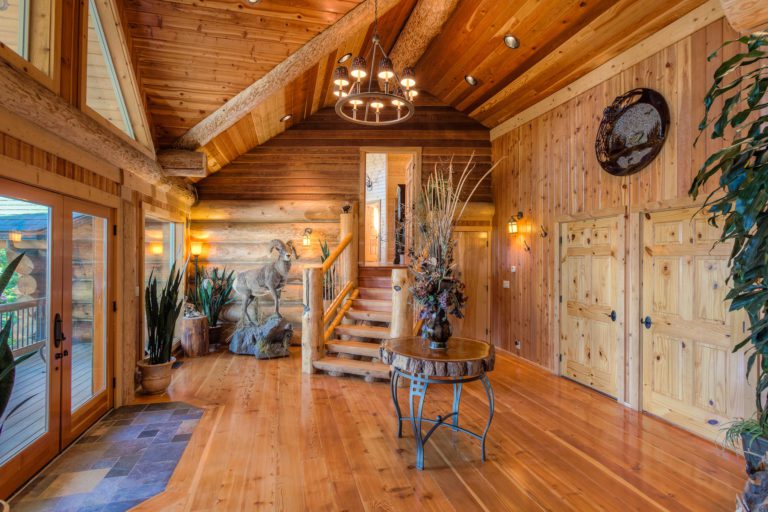
The Truth About Log Homes And Fire Susceptability
In the podcast, Bea says, “When it comes to wood log homes, actually the risk is quite low. The big logs create an installation effect. They don’t combust easily.” She recommends testing the theory by trying to light a full size log in a fire pit.
She goes on to say, “Actually, log homes, as opposed to framed lumber homes, have more of a fire resistant rating. One of the reasons is because, framed homes have a lot of spaces. There are many cavities behind a wall… where air flows. And as we know, what creates fire? Heat and oxygen.”
Oxygen flows in the cavities of stick frame homes creating a fuel source. Log home don’t have air pockets as a way to fuel the fire and let it move. Also, log home surfaces are not as combustible as traditionally framed homes. So in reality, log homes are safer.
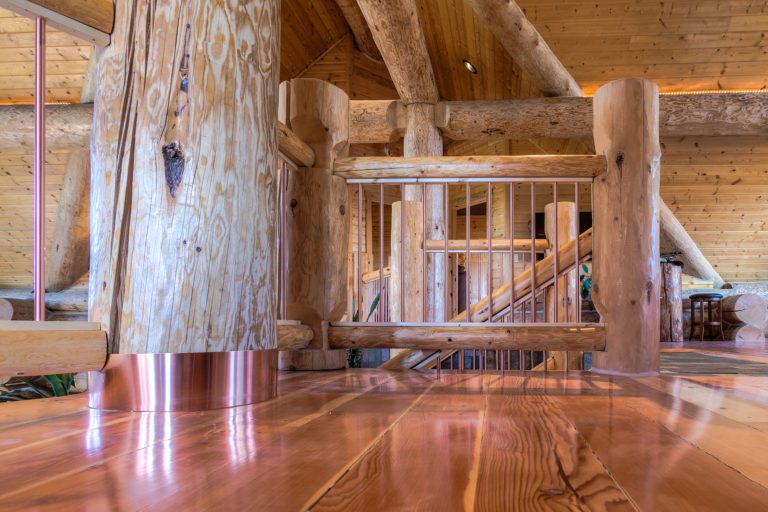
What Is The Number 1 Insurance Claim on Log Homes?
Bea stated that in her number of years handling insurance claims she has never seen a claim that is inherently a result of the home being made of log. After doing some research she discovered that the more common occurrences are problems with insect infestation or log rot from lack of maintenance.
How To Prevent Fire In Any Home
To prevent risk of fire in any home manage the combustibles around the home. Logs would need to burn at a steady 300 degrees for more than 5 minutes in order to burn. Mitigating debris and trees close to the house is standard preventative measures.
About Bea
Find Bea on her website www.speakmaninsuranceagency.com. Or email her at bspeakman@idfbins.com.




